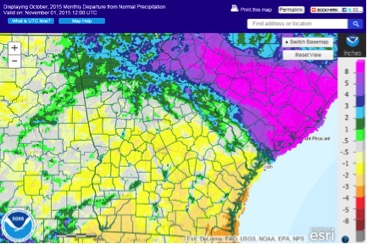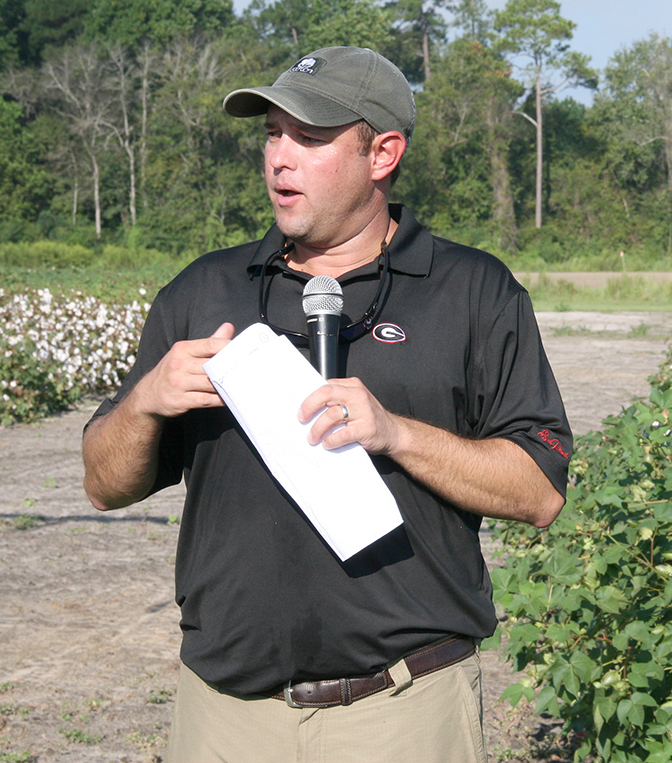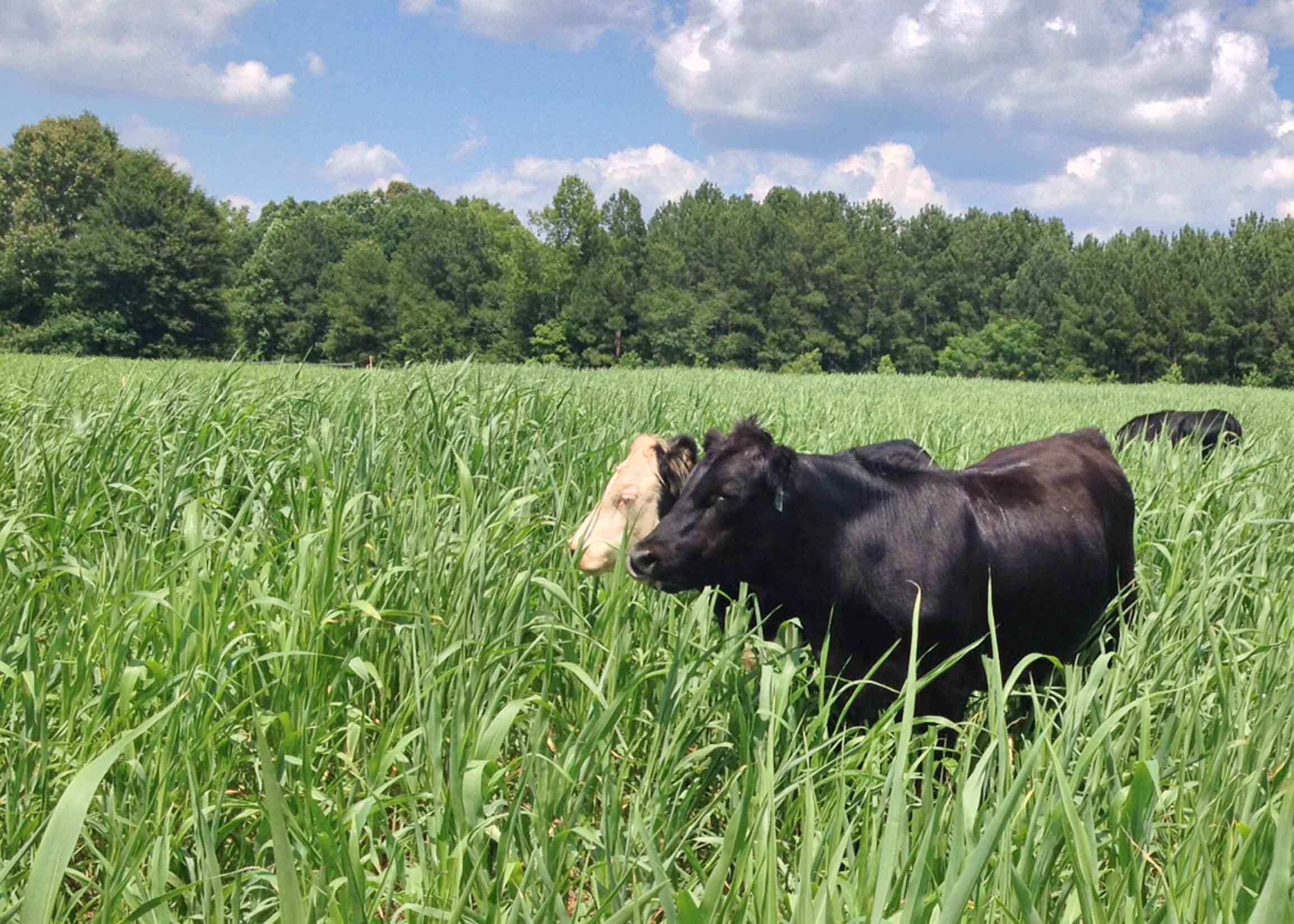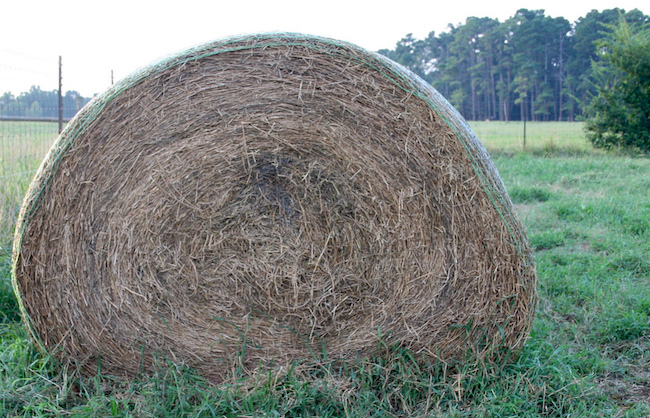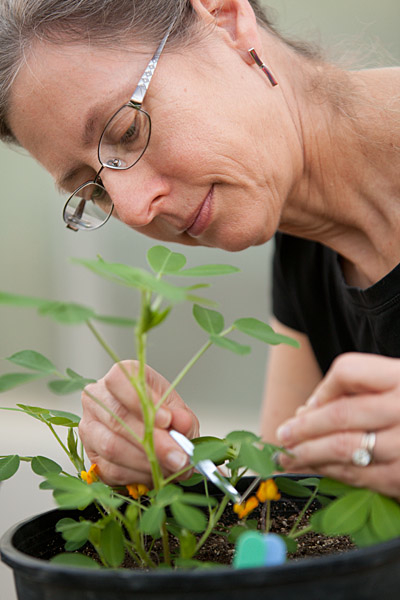 CAES News
CAES News
Women's Leadership Fellows
A member of the University of Georgia’s inaugural class of the Women’s Leadership Fellows Program, Peggy Ozias-Akins is more focused on learning from colleagues than imparting words of wisdom.

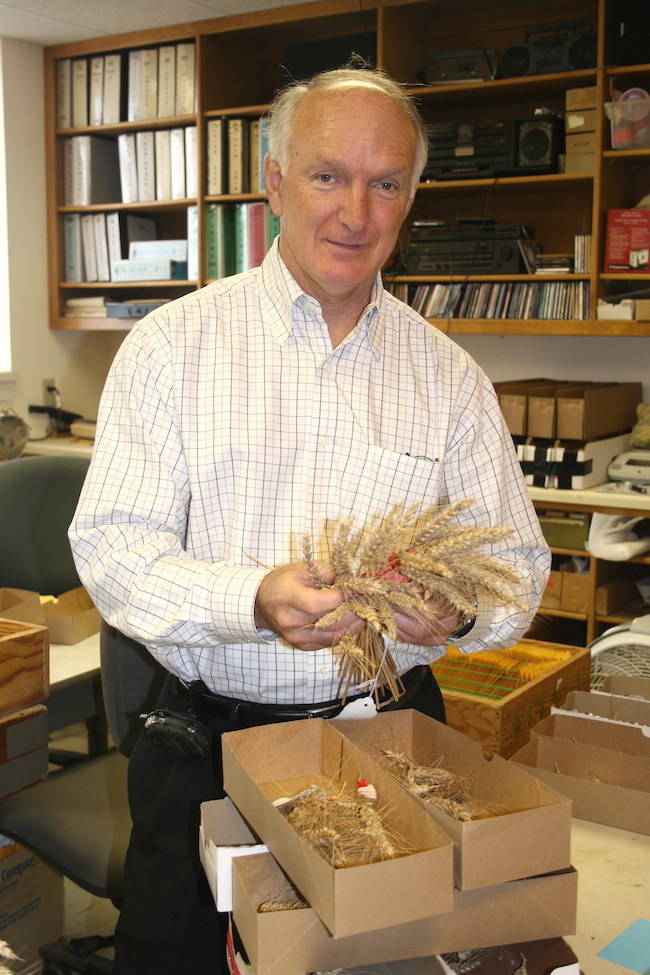
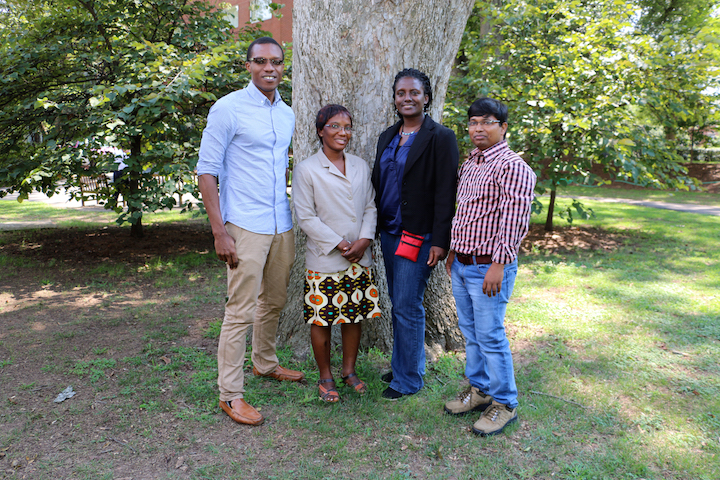
.jpg)
